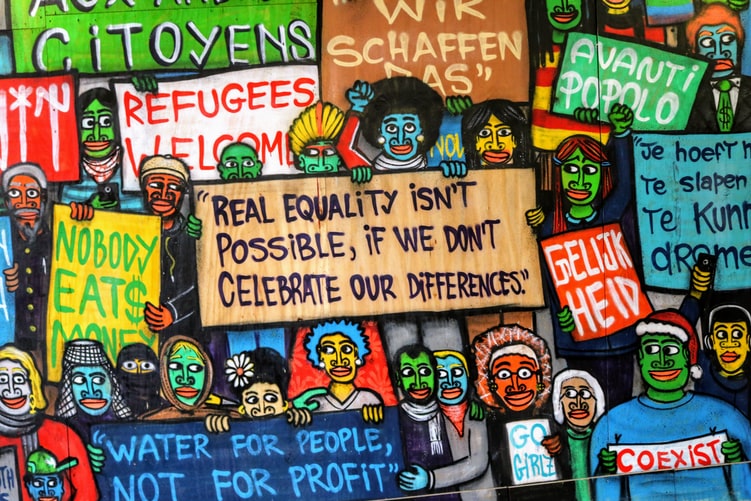There is no aspect of life which COVID-19 has left untouched. From how we live and think to how we speak – everything has been affected.
Here, I am specifically talking about the new words and phrases that have become popular. I am concerned and even worried about the idea of a ‘new normal’ that has emerged in these times. While I understand that this is about the new way of life post lockdown, one must not forget that the term ‘normal’ itself is replete with symbolic violence build over centuries. It is infused with multiple meanings and most of them have negative connotations for a host of marginalised communities.
So, the term normal is also about normalisation – a process of creating uniform and monolithic narratives, which means there is only truth and one reality. There is no space for difference and disagreement, two of which are extremely important if we are to thrive as individuals vis-a-vis a society as whole.
Since I write from a disability studies perspective, consider, for instance, the case of people with disabilities (PwDs). We often distinguish PwDs and others by calling the latter ‘normal’, which in itself implies that those with disabilities are ‘not normal’ or rather ‘abnormal’, reducing their identity just to their physicality – as if they are nothing else.
Also read: I Don’t Want the Old World Order
Hence, one must question the origin of this idea of normal. It emerged in the 18th century with the rise of disciplines like statistical sciences including demography, which was primarily aimed at determining characteristics of an ‘average’ man.
Thus it was also about majoritarianism where a majority of population had a certain characteristics and such a population, when plotted on a graph fell into what was called as the ‘normal distribution’. And those who were outside the normal curve were labelled as deviations, eventually making them deviants and stigmatising them. Thus the term normal is deeply rooted in stigma and has rather disturbing origins in the way it was used to single out individuals.
As the effects of the pandemic and following lockdown continue to unfold, it is an opportunity for us to think what would constitute the ‘new normal’. If it’s simply the new version of the older ‘normal’ or the normal 2.0 then perhaps it will lead same forms of discrimination and marginalisation of people, ideas and opinions.
But if wish to conceptualise it afresh, we can definitely do so, to ensure that the new normal does not become another kind of an exclusive world. This should also give us an opportunity to think about important ideas like social justice, environmental protection, religious harmony and so forth, and how they should become a serious priority for us in the ‘new normal’ regime. Its an opportunity we must not miss.
Vinay Suhalka is a researcher working on disability issues with a deep interest in trees and culture.
Featured image credit: Matteo Paganelli/Unsplash

